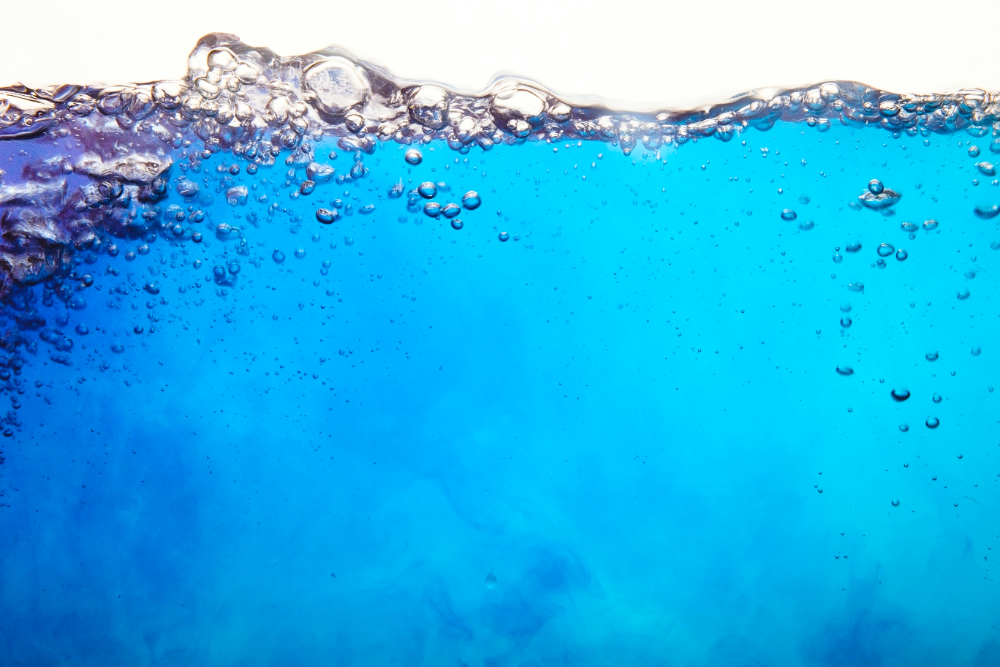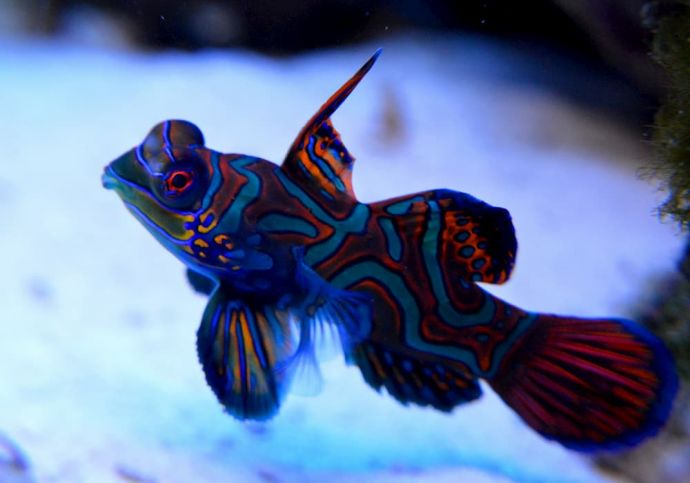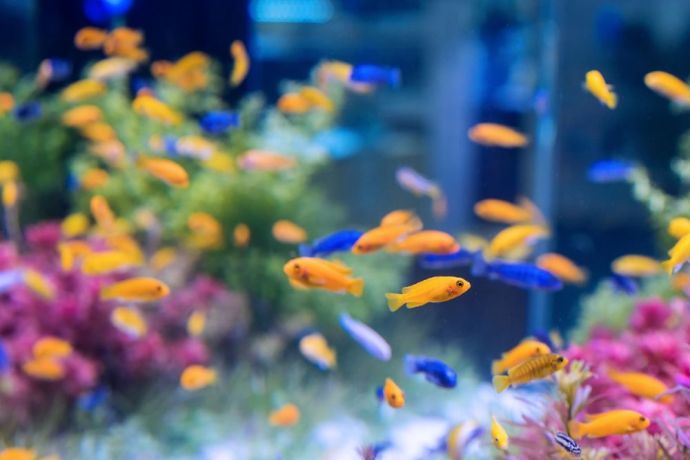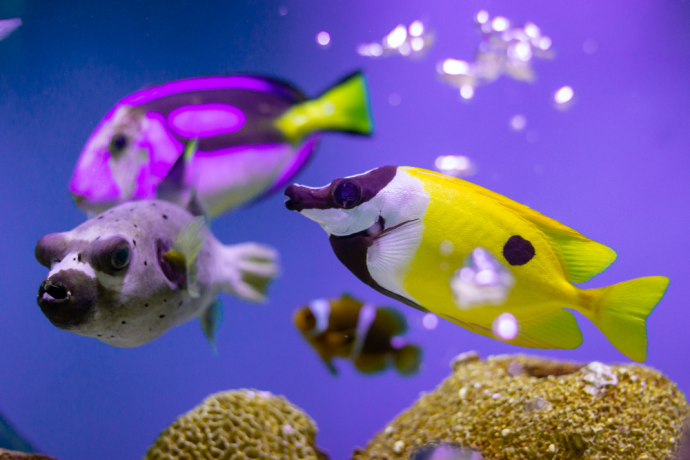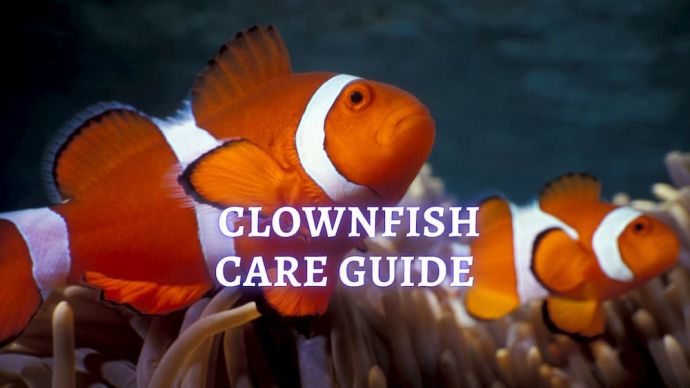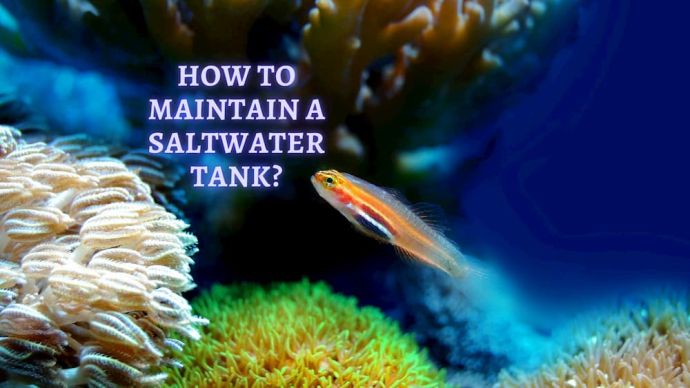How to Remove Ammonia from a Saltwater Aquarium?
Written by:
Author: Vicki Smirnova
Vicki Smirnova is a professional writer and editor who adores animals and helps readers get along well with their pets. She has been working in digital media for more than 5 years and has great experience writing content about lifestyle, including pets. Vicki specializes in dog health and nutrition, cat feeding, dog training. She is an aquarium lover and is passionate to write about fish care at home. Also, Vicki headed several websites and worked as a news editor.
View all 245 articlesLearn about our editorial process and veterinary review board.
Viewed: 6781
Updated on: 02/09/2021
Ammonia for Aquarium is the most toxic nitrogen compound formed in an aquarium, which can quickly kill fish or cause diseases. It is formed as a result of the decomposition of organic substances, as well as a byproduct of fish metabolism.
Ammonia (NH3) can be found in water in two primary forms: free ammonia and ammonium ion (NH4+). An ammonium ion is formed when a hydrogen ion (proton) combines with ammonia.
In a well-established reef aquarium, the problem of high levels of ammonia usually does not occur because of the significant amount of bacteria and algae present, which contributes to the rapid removal of ammonia from the water. However, new aquariums, therapeutic aquariums, quarantine tanks, transport packages, and aquariums containing dead organisms may contain rapidly increasing amounts of ammonia approaching toxic levels. Against the background of low oxygen levels, ammonia can become the main cause of aquarium death. When something in the aquarium dies, ammonia is released as a result of rotting; increased levels of ammonia, in turn, can lead to the death of other organisms. As a result, the process is growing uncontrollably, and the main cause is ammonia.
READ MORE: Best Canister Aquarium Filter
What causes Ammonia in Reef Tank
The level of ammonia in a marine aquarium can increase for many different reasons. Below is a list of the most common causes that should be checked if ammonia is detected in the aquarium:
- a new aquarium with an insufficient population of beneficial bacteria;
- impurities in the composition of sea salt and other additives;
- after cleaning the filter, ammonia may remain;
- measures to treat diseases have killed the population of beneficial bacteria in the filter;
- excessive feeding;
- fish overpopulation;
- lack of filtering;
- incorrect cleaning of tap water (chlorine or chloramine content);
- adding too many new fish in too short a period;
- decomposition of dead fish in the aquarium;
- placing an untrained breed in the aquarium;
- calcium and magnesium supplements can be a significant source of ammonia (especially when aquarists are trying to save money and use less expensive sources of calcium or magnesium chlorides).
READ MORE: How to Take Care of a Seahorse
Ways to Get Rid of Ammonia in Saltwater Aquarium
The way to solve the problem depends on its cause. It may take a little investigation to determine why the ammonia appeared.
There are several ways to reduce the level of ammonia in in saltwater tank:
1. Change Water
This is the easiest and fastest way is to partially replace a large amount of the aquarium’s water. If the level of ammonia is at a dangerous level, it is necessary to get rid of it as quickly as possible and to make sure that the water topped up in the aquarium is free of chlorine and has the same composition and temperature. If the level of ammonia continues to increase, it is necessary to monitor its level with a test kit and keep to replace the water to maintain the concentration of ammonia at a low level. Along with an increase in the content of ammonia, the level of nitrite may also increase, so it is necessary to prepare salt for adding to the aquarium, which reduces the toxicity to fish.
2. Filtration by Algae
Many organisms consume ammonia for protein production and other biomolecules required for the construction of its tissues. Micro – and macro-algae readily use the ammonia present in the water. When they have a choice between nitrate and ammonia as a nitrogen source, most algae will prefer vapor.
3. Application of bacterial nitrification
In marine aquariums, nitrifying bacteria include the species Nitrosomonas marina and Nitrosomonas Europaea. For most aquarists, knowledge of the bacterial species responsible for converting ammonia to nitrite is entirely optional. Still, this information can be useful when choosing products that, according to the manufacturer, accelerate the establishment of the nitrogen cycle by adding a live bacteria culture.
4. Use of substances to neutralize the ammonia
It is quite useful to add some material to the water or filters to neutralize the ammonia.
5. Use of crystalline minerals
These minerals can remove specific ions from water, such as ammonia, phosphate, and calcium, through two processes: adsorption and ion exchange. As a result of ion exchange, ammonia and other ions are absorbed from the water and are replaced with sodium from the zeolite. When filling the crystal, it must be removed from the aquarium and soaked in saltwater. The ammonium and other ions are replaced with sodium from the salt. After washing, the crystal can be used again. You need to recharge the glass every day, so you should buy two and use them in turn.
Frequently Asked Questions
🐠 What level of Ammonia is Dangerous to Fish?
Ammonia affects the gills and blood of fish. To protect the ammonia, the fish produces more mucus to soothe its burns from the vapor. Excessive mucus clogs the gills and reduces the fish’s ability to absorb oxygen from the water.
Toxic ammonia can reduce the ability of hemoglobin in fish blood to carry oxygen.
Under normal conditions, with excellent filtration and the right biological environment, the beneficial bacteria in the filters use ammonia as an energy source and process it into nitrite. Then other bacteria already use nitrite and transform it into nitrate.
🐟 What are the symptoms of Ammonia poisoning?
Since ammonia primarily affects a fish’s gills, the first symptom is difficulty breathing. In this case, the fish can either grab air from the surface, where the highest concentration of oxygen lies, or lay the bottom, conserve energy and breathe deeply.
Also, fish can tightly press the fins to the body, itching about objects in the aquarium.
🐠 How do we determine that water contains Ammonia?
The only way to determine the ammonia content is to use the appropriate test kit. It is necessary to check the content of ammonia, nitrite, and pH in the water weekly, as well as pay attention to how the fish look and behave.
🐟 What is the norm reef tank ammonia level?
Usually, the concentration of the ammonia level must be zero. It is necessary to carry out checks and determine the increase in the content of ammonia as soon as possible and immediately remove or dilute it.
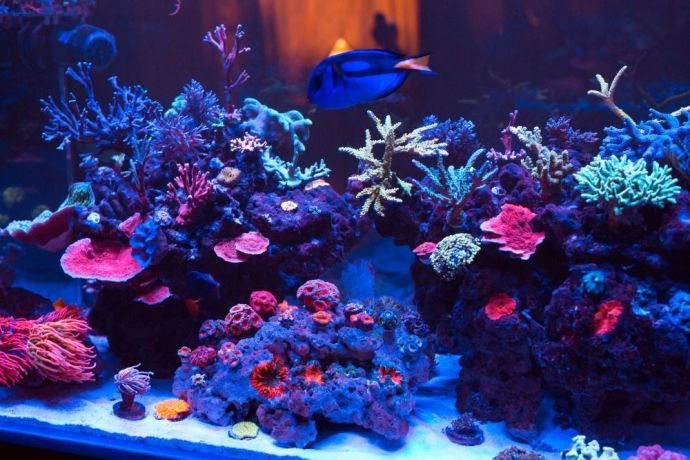 Fish Owners Tips Saltwater Refugiums: How to Make a Refugium for Saltwater Aquarium?
Fish Owners Tips Saltwater Refugiums: How to Make a Refugium for Saltwater Aquarium? - 735
- 0









